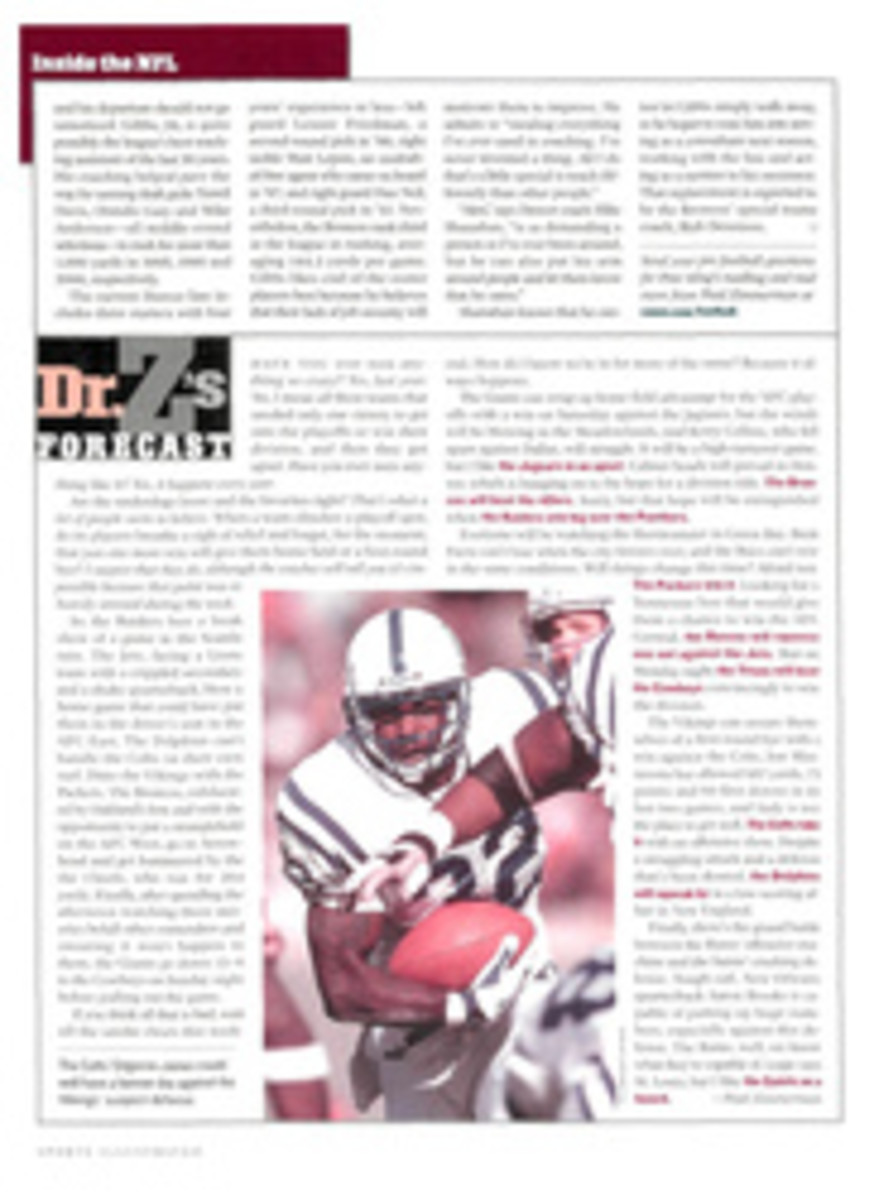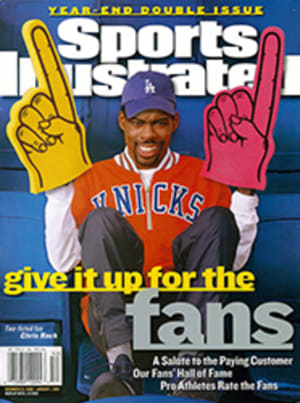
Card Game Selling gum was the goal for Topps 50 years ago. Then it put baseball cards in its packs and created an industry
All the baby boomers who lament that their old baseball cards
have been mangled by bicycle spokes or tossed out by Mom have
nothing on Sy Berger. Forty years ago Berger, then the Topps
Chewing Gum, Inc., sports director, had the equivalent of three
garbage trucks full of 1952 cards from the company's Brooklyn
headquarters loaded onto a barge, which was tugged a few miles
off the coast, where the bounty was dumped into the Atlantic.
"Nobody wanted the stuff," Berger says. "Baseball cards were a
kid's thing. You put them in your bicycle spokes. You flipped
them. Who put them in a book?"
Oh, well. A near-mint set of '52 Topps cards is now among the
most valuable in the industry, worth around $65,000. A clean
Andy Pafko card, which as the first in the set was often
subjected to the abrasions caused by rubber bands wrapped around
neatly ordered collections, was auctioned last year for $83,870.
A '52 Mickey Mantle, his rookie card, fetched $121,000 three
years ago. This year, as Topps celebrates its 50th anniversary
in the baseball card business, when it will print many millions
of sports cards, when the baseball card industry will record
sales of $350 million, it's easy to forget that all the company
ever wanted to do was use baseball cards to help sell gum.
The four brothers Shorin--Abram, Ira, Joseph and Philip--founded
Topps Chewing Gum in 1938. After having seen the popularity of
Bowman baseball cards in the late '40s, the Shorins decided to
insert their own cards into taffy and gum packs to boost sales.
Topps tried to make its '52 series stand out and assigned Berger
to design a better card than Bowman's. Berger made the card
bigger and included career statistics, statistics from the
previous year, personal information, team logos and pictures
colored by Kodak Flexichrome. Shortly after the 407 cards in the
'52 series were introduced, Topps's became the industry standard.
Kids across America suddenly could recite stats and recognize
uniforms. They would learn nicknames like Choo Choo (Coleman) and
how to spell Yastrzemski. They would revel in mistakes made by
Topps: Hank Aaron batting as a lefty in 1957, Gino Cimoli
swinging an invisible bat in '58 and the '69 Aurelio Rodriguez
card that pictured a batboy, not Rodriguez.
Topps's anniversary series, which debuted last month, hews to its
past. The 405-card base set (and a second set to be released in
the spring) will include rare cards from the past, including a
'52 Mantle. Some lucky buyer who plunks down $1.29 for a pack of
10 cards will end up ecstatic.
Berger was a fixture in major league clubhouses throughout the
'50s and '60s, signing players to deals that have been remarkably
unresponsive to the game's salary inflation. The first contracts
were $75 per appearance for nonexclusivity and $125 for
exclusivity. Today players receive $500 per appearance, a
pittance but still considered by some players a symbol of having
made it. Topps estimates that 80% of next year's major leaguers
will appear on a card.
Topps has made it, too, having learned the lesson about the tail
wagging the dog. In 1991 it stopped including its sheets of pale
pink gum in its card packs. The reason? Gum stains devalue the
cards.
THREE COLOR PHOTOS: CARDS COURTESY OF THE TOPPS COMPANY, INC. Andy Pafko was no Duke Snider, but because his 1952 card was the first in the set, it would become a collector's item; Ted Kluszewski loved the muscle beach look; Roberto Clemente epitomized class.
THREE COLOR PHOTOS: CARDS COURTESY OF THE TOPPS COMPANY, INC. Hank Aaron did not go to the plate as a lefty; that's a batboy, not Aurelio Rodriguez; and the bat Gino Cimoli swung was never this invisible.
NINE COLOR PHOTOS:CARDS COURTESY OF THE TOPPS COMPANY, INC. Teams, players and managers come and go, but old rivalries yield new heroes who continue to stir the passions of fans as well as collectors.
Kids across America suddenly could recite stats and recognize
uniforms.

